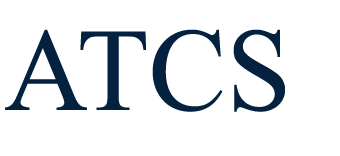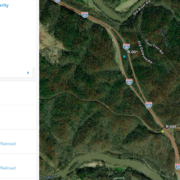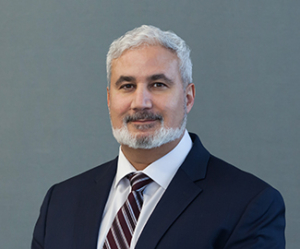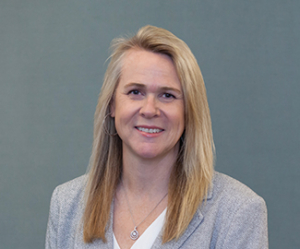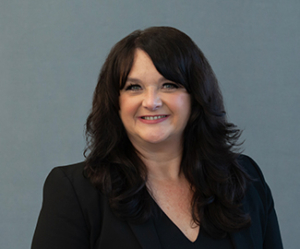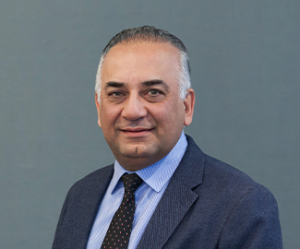Strategic Risk Management: Navigating Project Phases Successfully
All projects, regardless of size or complexity, have a risk component. The complexity and visibility of a project, coupled with the potential impacts of risks, will determine the appropriate risk management strategy.
Unforeseen risks often reveal themselves at the least desirable times, making it essential to start thinking about risks early in the project’s life. A comprehensive risk management process includes considering risk during the phases of the project, from Scoping, Engineering Design Development, Procurement, and Construction to Closeout.
Scoping Phase
During the Scoping Phase, the project team identifies project risks at a high level. While uncertainties persist in this phase, key considerations include funding availability, environmental implications, right-of-way risks, utility relocations, unique project features, technical challenges, external factors, and concerns of vested parties.
At this point, the project team creates the early rendition of a risk matrix and a framework for identifying and resolving issues as they arise. This effort extends beyond a tracking tool, developing a team culture that values diverse viewpoints during project delivery and decision-making, and developing risk monitoring and response strategies. We recommend reviewing best practices and lessons learned at this stage to better understand potential risks from similar projects in the past.
Engineering Design Development Phase
During design development, the risk matrix is expanded to include potential new risks to the project by various experts, including technical and non-technical team members. Each identified risk undergoes evaluation to determine its ownership, mitigation strategy, criticality and prioritization, potential cost and schedule impact, and probability of occurrence. This information can be compiled through a series of risk workshops or by using other collaborative online tools and surveys. Having the right people with the right experience is critical to developing a comprehensive risk matrix appropriate for the project.
In high-risk, highly complex projects and those that must meet the requirements within the Major Project Delivery Process of the Federal Highway Administration (FHWA), leverage the risk matrix to perform a Monte Carlo simulation. This simulation assists in accurately assessing a project’s contingency budget by considering expected risk outcomes. Conduct these simulations using a formulaic spreadsheet or sophisticated software programs like @Risk.
Procurement Phase
Before advertising the project, ensure proper integration of risk management and mitigation strategies into the Contract Documents, schedule, construction estimate, and costs, where appropriate. Activities such as a final review of the risk matrix, project special provisions, bid items, measurement and payment terms, and a final assessment of the plans’ biddability and constructability can work together to reduce project risks.
The Owner and Engineer can benefit from proactively addressing any inquiries from contractors during the bidding phase, particularly those related to high-risk items. Providing clear and consistent responses will help bidders accurately factor in the owners’ and contractors’ responsibilities in their pricing and effectively manage risks during construction.
Construction Phase
It is crucial for the construction team, which inherits the risk management strategy from the preconstruction phase, to understand the history of identified risks, planned mitigation measures, and the individuals involved in the initial development of the project’s risk profile. Many owners include construction personnel early in risk management to ensure continuity at this hand-off point.
Strong teamwork, communication, and collaboration foster transparency throughout the process. As a result, team members share a mutual understanding of the project’s objectives, are aware of each other’s efforts, and coordinate to achieve those objectives collectively. This collaborative effort enhances decision-making and enables the team to respond promptly to uncertainties. Once a contractor is on board, there’s an opportunity to broaden input on project risks, including the contractor’s perspective. Understanding what the contractor perceives as risks is valuable for owners, as not all contractor risks are initially owner risks, but many may evolve into owner risks if realized.
Risk management continues even after the project has been advertised and successfully bid. The construction team familiarizes itself with the risk management strategies devised in the design development phase and assigns personnel to monitor, track, and report on these risks during construction.
Depending on the project’s complexity, the team can achieve this through various methods. These methods may involve integrating risk discussions into construction progress meetings, aligning risk tracking with activities in the CPM schedule, assigning construction personnel to monitor and update the risk register regularly, updating the project’s contingency budget where appropriate to account for remaining risks as construction advances, and employing advanced tools like GIS for real-time analysis, reporting, and presentation of risk updates.
As the project matures, previously identified risks may be mitigated or may not materialize, and new risks may arise, leading to an evolution of the project risk list. Implementing the risk management plan successfully and effectively, regardless of risk complexity or tools used, hinges on commitment, accountability, communication, and resource allocation. Committing to the risk management plan throughout the project’s life can help ensure project success.
Closeout Phase
Finally, it is important to document and include risk management topics in the discussion relative to “lessons learned” at the completion of a project. Conducting post-construction meetings with key project participants, including the Owner, third parties, Engineer of Record, and General Contractor, can be extremely beneficial as a final step in acknowledging project successes and identifying areas for improvement.
Open and honest discussions during these meetings contribute significantly to project risk management, fostering the exchange of insights and experiences among all parties throughout the project’s life, and can help ensure the success of future projects.
